Youth activists from Brazil travel to Kalamazoo, Michigan and compare their high school experiences
Credit: Hannah Locke
Loy Norrix students sit down with Brazilian students in Mrs. Pankops 3rd hour. The group compares and contrasts their high school experiences.
February 7, 2023
 Editor’s note: This story is part of the Global Ties Kalamazoo and Knight Life Series. On Jan. 17 and Jan. 23 Global Ties Kalamazoo’s Youth Ambassador program from Brazil visited Knight Life. These stories are a result of the students’ discussions with one another.
Editor’s note: This story is part of the Global Ties Kalamazoo and Knight Life Series. On Jan. 17 and Jan. 23 Global Ties Kalamazoo’s Youth Ambassador program from Brazil visited Knight Life. These stories are a result of the students’ discussions with one another.
While touring the school, a Brazilian student asked if Loy Norrix students were going to start dancing like “High School Musical.”
Student Youth Ambassadors that were a part of the Global Ties organization recently traveled from Brazil to Kalamazoo, Michigan and had no idea what to expect from American high schools, as their only impressions of the US came from movies and social media. The students spent two days working with the Knight Life staff, and a select group sat down to compare and contrast their own high school with Norrix.
Like the United States, schools in Brazil are both public and private, with the private schools being more expensive and harder to get into. Unlike the US though, the public schools are divided into three categories: city schools, state schools, and federal government schools.
“City schools are the bad ones, state schools are like a middle ground, and federal schools are the best,” said youth ambassador Daniela Marques Ferreira.
In order to get into the federal schools, you must pass a very difficult test.
Another significant difference is that, unlike schools here, high school in Brazil is only three years long and the day can go as long as 7 a.m.-5 p.m. or as short as 7 a.m.-11 a.m.
Norrix has been very lucky to receive the privilege of free lunch for everyone, however this is not always the case in the US, and certainly not the case in Brazil. Some schools don’t even provide a school lunch, or the lunch is much too expensive for students to afford. Usually, students only have one option for lunch, and it is normally rice and beans with some form of meat. Though every school in Brazil is different, some schools only allot one 20 minute break during the day for students to eat a quick snack, drink water and use the bathroom.
Then, when it comes to curriculum, at Norrix students are required to take a few certain classes, but for the most part they have the liberty to choose whatever electives are offered. Electives are usually a student’s favorite part of the day, but in Brazil, students do not get to choose any of their classes. All classes are selected for them, classes like English, history, geography.
“And even if you know much more, you still have to learn with the same people in your class that don’t know anything,” said Marques Ferreira. “So the teacher has to find a balance in between: there might be a straight ‘A’ student who knows everything and could be in college, and there are the ones who literally do not know the subject and are trying to learn from the basics.”
Another big part of school for Norrix students is all of the activities outside of school, things like prom and the many sporting events that take place here. When asked if prom was a big thing at schools in Brazil, students responded that at most schools it really isn’t a big deal like ours and that some schools don’t have any dances at all.
Brazilian students also shared that they don’t have competitive sports teams at their schools, as opposed to the dozens of teams that Loy Norrix has. Most schools don’t have gyms or pools either. The Federal schools, however, do have some sports teams, but it is more of a “pick-up” concept, meaning you don’t have to try out for those teams and whoever wants to play can play.
One of the biggest differences between Brazilian schools and schools in Michigan is that in a lot of Brazilian schools the students stay in the same classroom with the same group of 30-40 kids in their grade, all day, all year round, for every year of high school. Instead of the students moving from room to room, sometimes the teachers move from room to room. It is also a norm in Brazil that students wear uniforms to school.
Being in a KPS school district, all Loy Norrix students are subject to receive some amount of the Kalamazoo Promise, meaning college tuition is paid for. Similarly, in Brazil, lots of colleges are free regardless of what district you are in. The free colleges are actually harder to get into, according to Marques Ferreira. The only thing that determines whether or not you get into said colleges is a single test score. All students in Brazil must take the E.N.E.M. and colleges use only their scores of this test to decide if they are accepted or not.
When the chance presents itself, taking the opportunity to learn about other countries and their everyday practices, such as school, can be an eye opening experience.


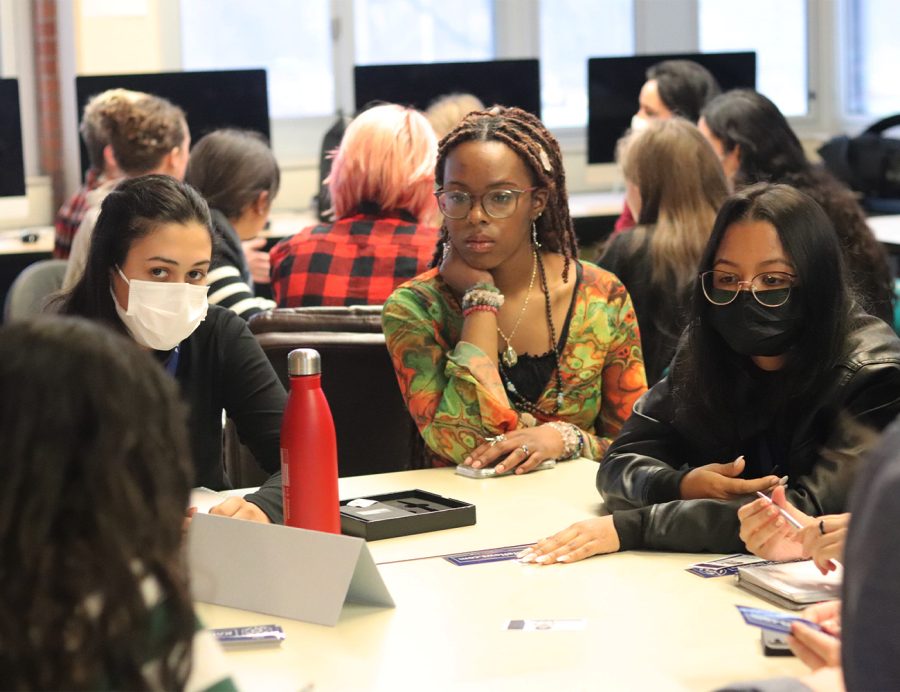
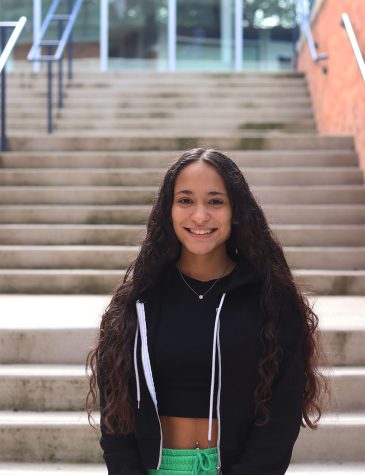

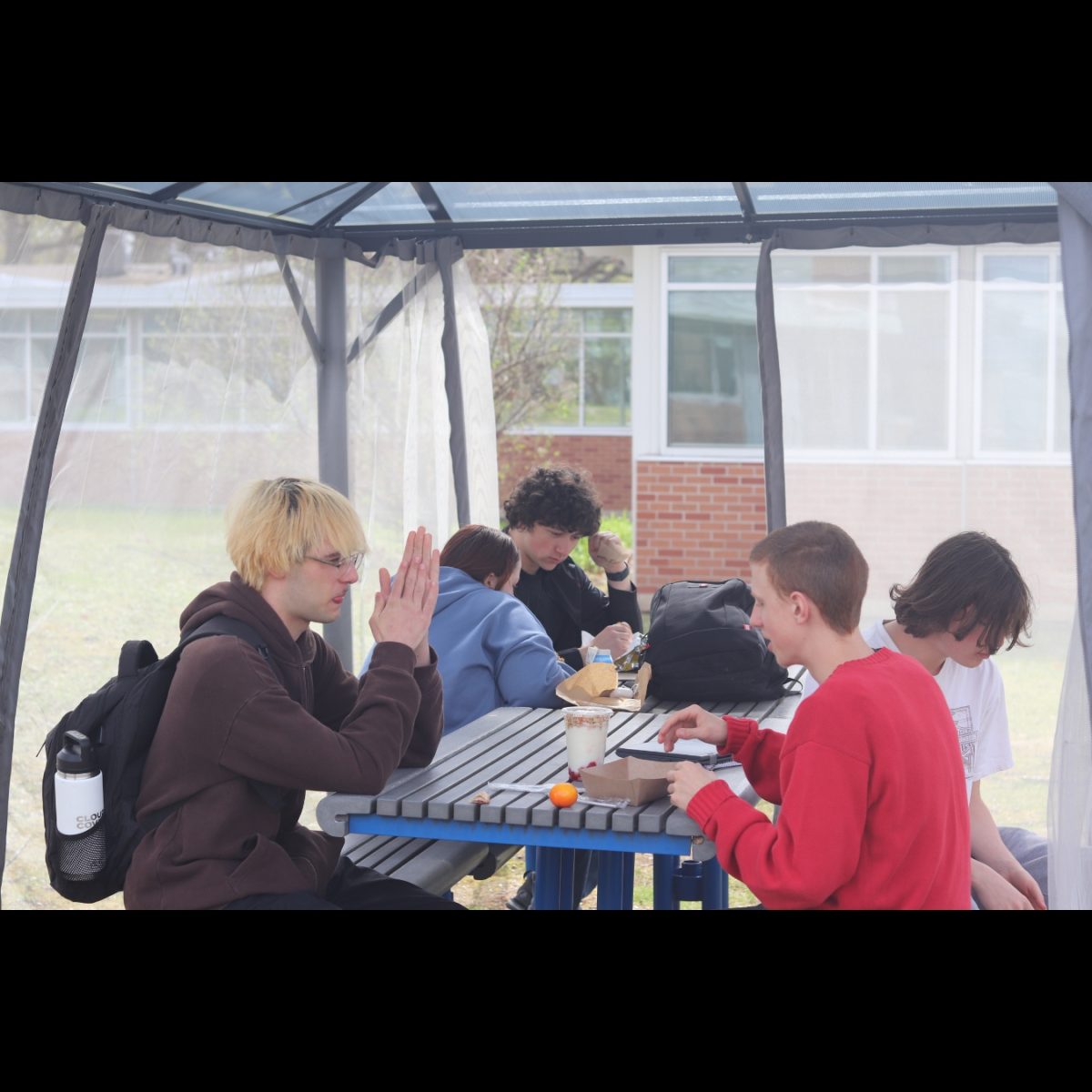





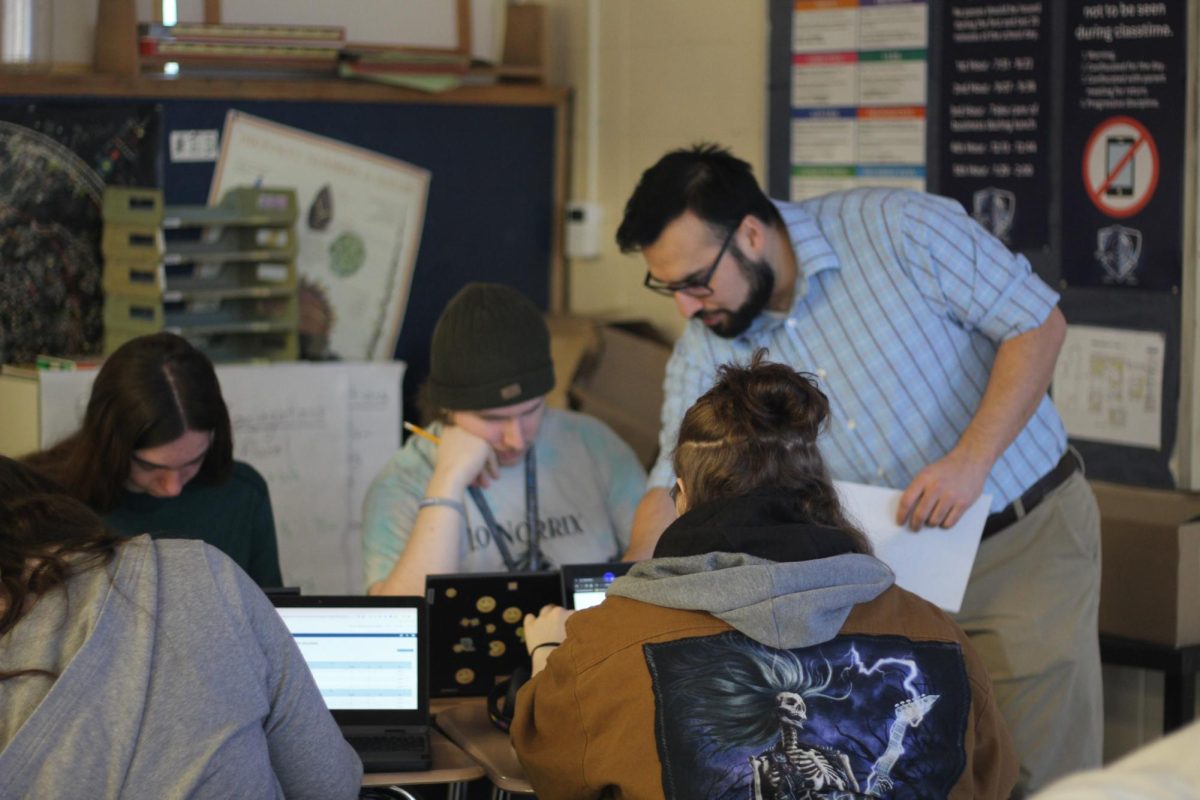
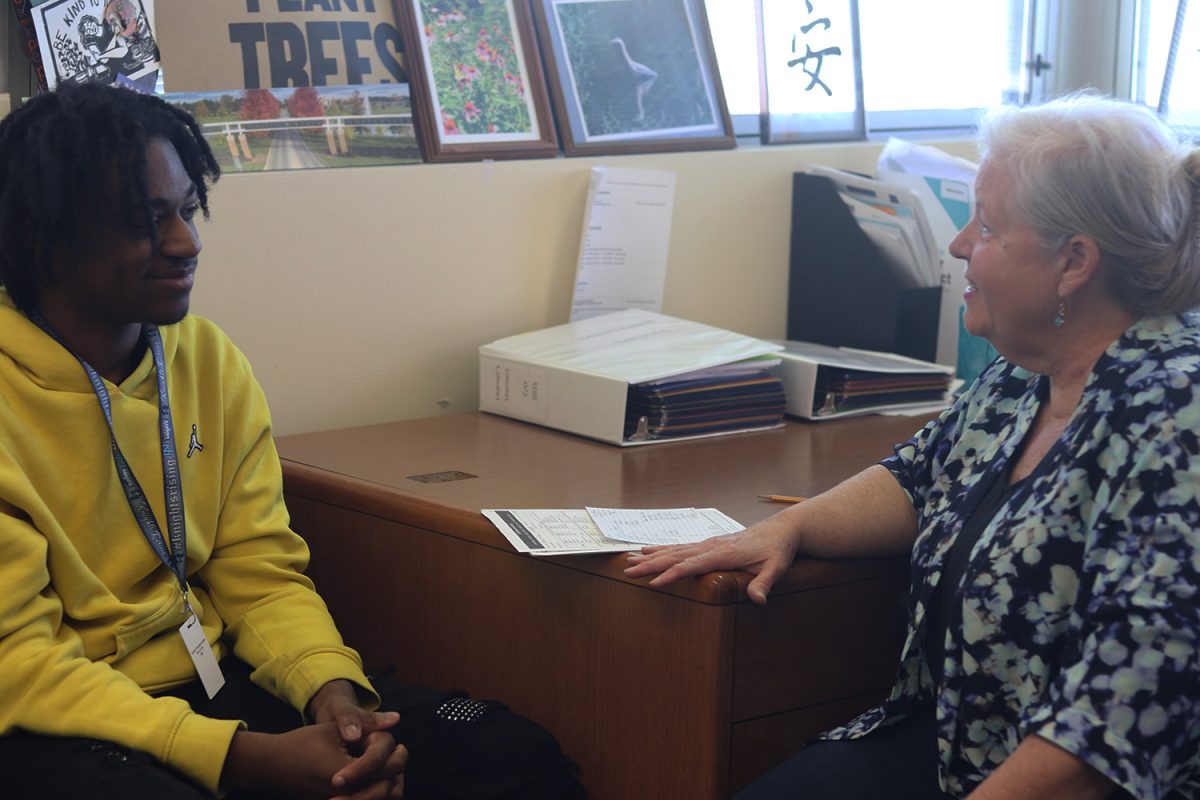

Monika Ross • Feb 12, 2023 at 10:39 pm Knight Life Pick
Very interesting article about the different schools in Brazil. I learned that public schools are divided into three different schools and that the length of the school day differs from day to day. Glad that you had a chance to sit down with Brazilian students and share experiences. I enjoyed your article.